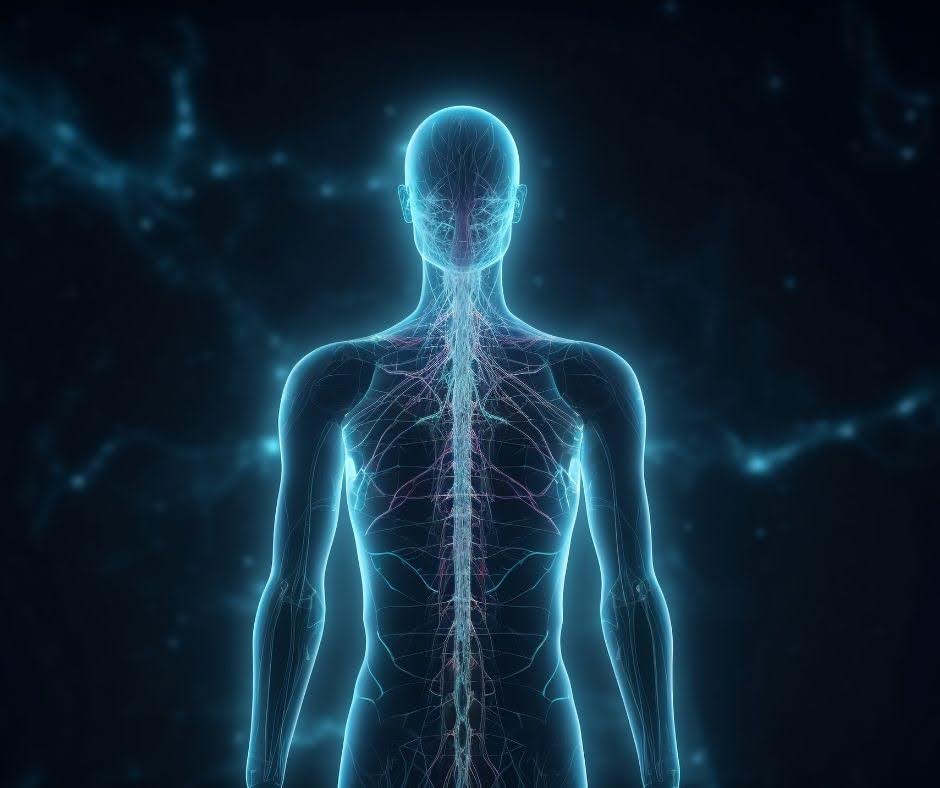The human body is an intricate and remarkable biological machine, filled with captivating features and functions. From the moment of birth to adulthood, the body undergoes various changes and developments, leading to a multitude of fascinating facts. Let’s explore some of these intriguing aspects of the human body.
1. Bone Evolution
When born humans have around 300 bones. As the body grows some bones will fuse together. By the time a person reaches adulthood, they typically have 206 bones. Remarkably, more than half of these bones are concentrated in the hands, wrists, feet, and ankles.
2. Cellular Marvel
Every second, the human body produces an astonishing 25 million new cells. To put this into perspective, in just 15 seconds, an individual generates more cells than the entire population of the United States.
3. Skeletal Diversity
The human body showcases a remarkable range in bone size, from the largest bone, the femur (thigh bone), to the smallest bone, the stirrup bone located inside the ear drum.
4. Vascular Network
The blood vessels in the human body form an extensive network, measuring between 60,000 to 100,000 miles. If stretched out, these vessels would be long enough to circumnavigate the globe more than three times.
5. Dental Distinction
Teeth, although considered part of the skeletal system, are not counted as bones. They play a crucial role in digestion and communication but have distinct characteristics that set them apart from the rest of the skeletal structure.
6. Brain’s Demand
Despite comprising only 2% of the body’s mass, the brain demands a significant share of resources. It utilizes 20% of the body’s oxygen and blood supply, highlighting its central role in maintaining bodily functions.
7. Human Running Prowess
Humans may not be the biggest, fastest, or strongest creatures, but they excel at long-distance running. The combination of long legs, upright posture, and efficient cooling through sweat makes humans adept at endurance running. Early humans even employed persistence hunting, chasing prey until exhaustion led to their capture.
8. Hydration Emphasis
About 60% of the human body is composed of water, emphasizing the crucial role hydration plays in maintaining overall health and bodily functions.
9. Bone Strength
Pound for pound, human bones are stronger than steel. However, when measuring this strength against steel based on volume of their composition bones will break before steel. This is because bone is much less dense than steel, making it lighter.
10. Incredible Taste Discrimination
The human tongue is equipped with approximately 10,000 taste buds, each containing specialized receptors for sweet, salty, sour, and bitter tastes. This intricate system allows humans to discern an extensive range of flavors, contributing to our diverse and enjoyable culinary experiences.
11. Skin’s Dynamic Renewal
The skin, the body’s largest organ, undergoes constant renewal. On average, the outer layer of skin, known as the epidermis, sheds about 30,000 to 40,000 dead skin cells every minute. This dynamic process ensures that the skin remains a protective barrier while adapting to the body’s changing needs.
12. Eyesight Precision
The human eye can distinguish between approximately 2.3 to 7.5 million colors. This remarkable feat is made possible by specialized cells called cones, which are sensitive to different wavelengths of light. The ability to perceive a wide spectrum of colors enhances our visual experiences and plays a crucial role in daily activities.
The human body’s intricacies and adaptabilities continue to captivate scientists and enthusiasts alike, showcasing the extraordinary nature of our physiological design.
